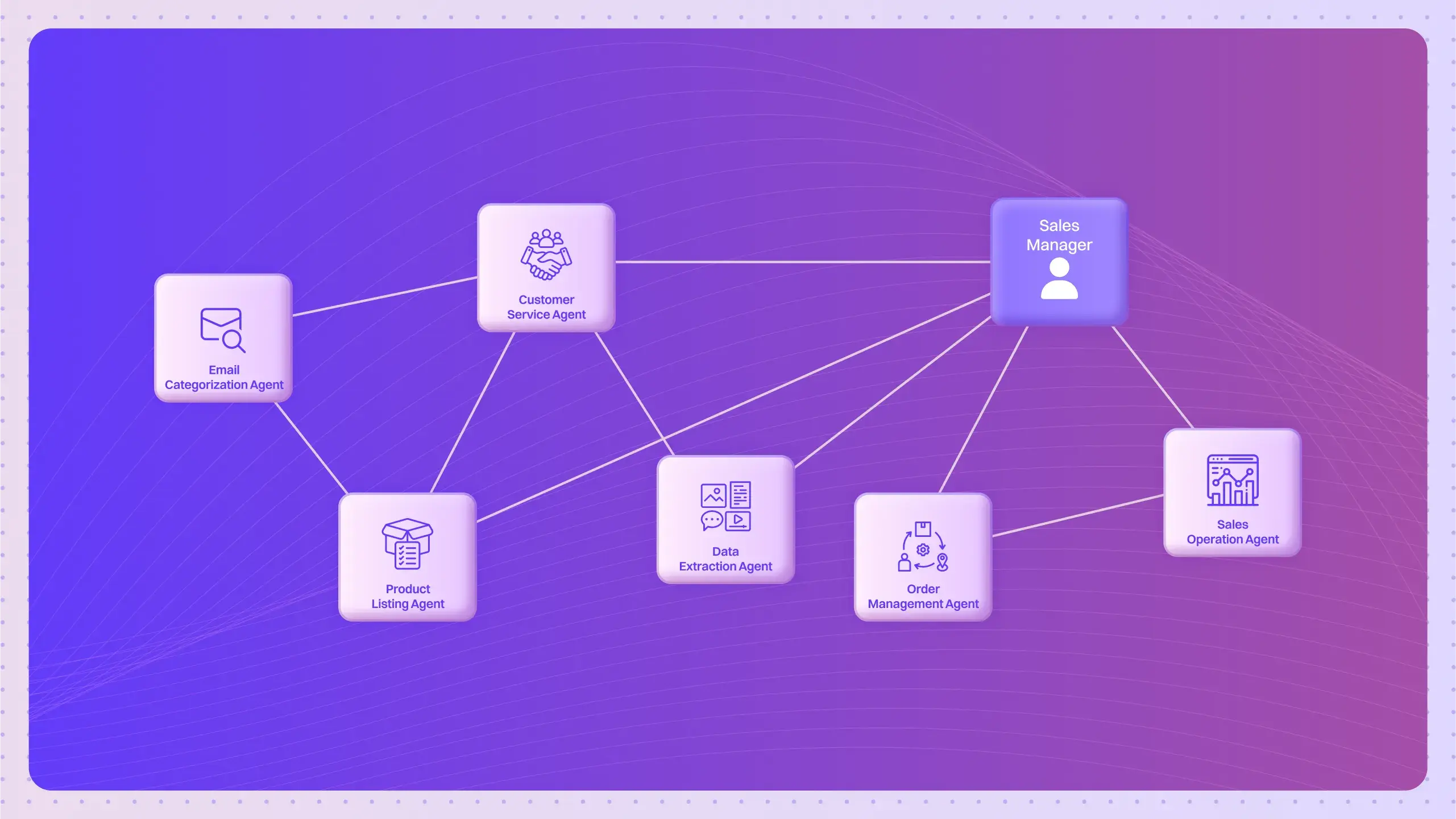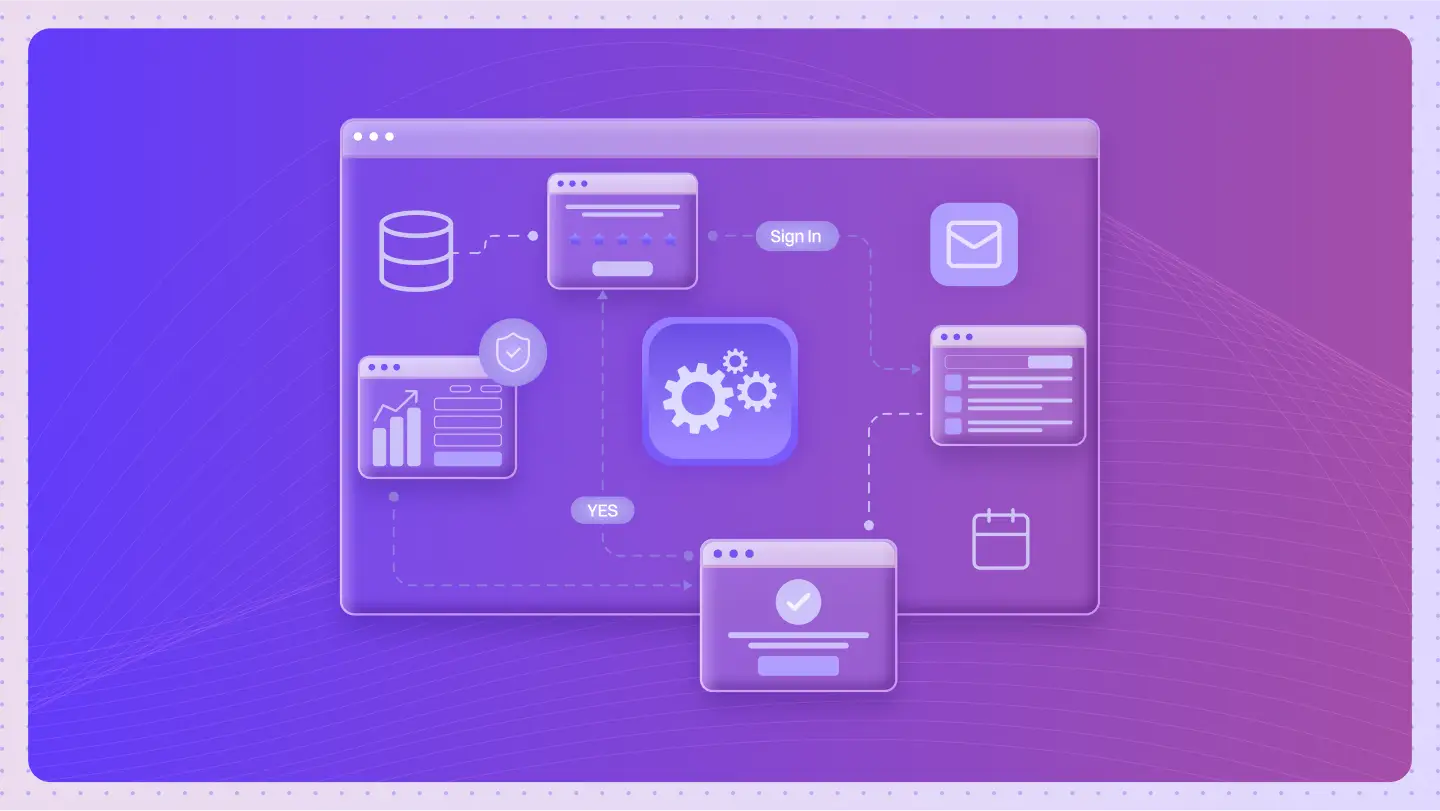Predictive Analytics is the practice of extracting information from existing data to determine patterns and predict future outcomes and trends. In AI systems, it uses statistical algorithms, machine learning techniques, and data mining to analyze current and historical data to forecast what might happen in specific situations.
The crystal ball of modern business isn’t mystical—it’s mathematical.
Think of it as a weather forecaster for business decisions. A meteorologist analyzes historical weather patterns and current atmospheric data to predict tomorrow’s weather. Similarly, predictive analytics sifts through your past and present data to forecast future events, customer behaviors, or operational outcomes. It doesn’t just tell you it’s raining now (that’s descriptive analytics); it warns you to bring an umbrella tomorrow.
This shift from looking backward to looking forward is crucial. It’s the difference between reacting to the market and anticipating its moves. For AI agents, this isn’t just a report they generate; it’s the core of their ability to act intelligently and proactively.
What is Predictive Analytics in AI?
In the context of AI, predictive analytics is the engine of foresight. It’s the capability that allows an AI system or an autonomous agent to move beyond simple, rule-based tasks. It lets the agent make educated guesses about the future.
This involves using sophisticated models to answer questions like:
- Which customer is most likely to churn next month?
- What will our sales be in Q3?
- Which piece of machinery is about to fail?
- Is this financial transaction likely fraudulent?
For an AI agent, a prediction is a trigger for action.
How does Predictive Analytics work?
It’s a structured process of learning from the past to forecast the future.
- Define the Goal: Start with a clear question. What do you want to predict? Customer churn? Product demand?
- Data Collection: The system gathers massive amounts of historical data, including everything from sales figures and customer interactions to website clicks and sensor readings.
- Data Preparation: Clean, format, and organize raw data so a model can understand it.
- Modeling: Statistical algorithms and machine learning models are trained on prepared data to learn the subtle patterns and relationships that lead to specific outcomes.
- Evaluation: Test the model against unseen data to check if its predictions are accurate and reliable.
- Deployment: Integrate the validated model into live systems—such as AI agents—where it can start making real-time predictions based on new, incoming data.
Main types of Predictive Analytics models:
- Regression Models: Used to predict a continuous number (e.g., forecasting sales revenue, predicting house prices, or estimating the temperature).
- Classification Models: Used when the prediction is a category, not a number (e.g., is this email spam or not? Is this transaction fraudulent or legitimate?).
- Time Series Forecasting: Specialized for data ordered by time, finding trends, seasonality, and cycles (e.g., methods like ARIMA and Prophet).
How is Predictive Analytics different from other types of analytics?
Analytics isn’t uniform; it’s a spectrum of insight.
- Descriptive Analytics: Looks at the past and answers “What happened?” (e.g., a monthly sales report showing 10,000 units sold).
- Predictive Analytics: Looks to the future and answers “What could happen?”
- Prescriptive Analytics: Recommends actions and answers “What should we do about it?”
Predictive analytics is the bridge between understanding the past and shaping the future.



